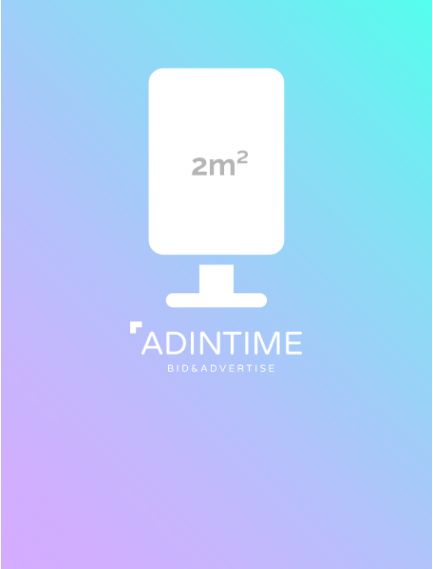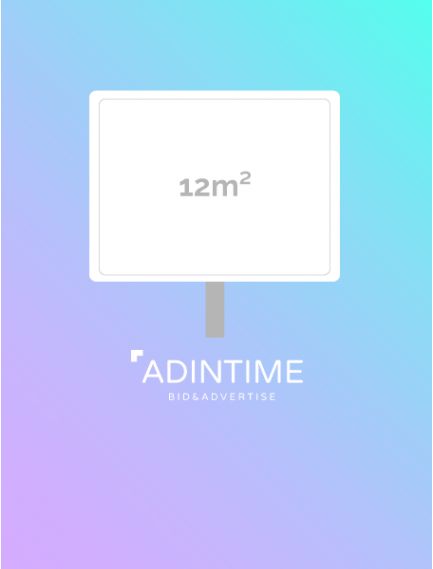The Importance of Effective Advertising Budget Planning
Budget planning is a crucial step for any business seeking to maximize the effectiveness of its advertising investments. A well-defined budget not only helps control spending but also ensures that every euro invested directly contributes to achieving marketing and business objectives.
Defining the Advertising Budget
The advertising budget represents the amount of money a company decides to allocate to its communication efforts over a given period. This budget covers various aspects, such as purchasing advertising space, content production, and the costs associated with disseminating promotional messages across different platforms. The primary goal is to optimize the allocation of these resources to maximize return on investment (ROI).
The Importance of Accurate Budget Forecasting for Businesses
Accurately forecasting an advertising budget offers several strategic advantages. First, it ensures that advertising expenditures are aligned with the company's growth objectives, ensuring that campaigns are adequately funded to reach their targets. Additionally, good budget management helps avoid unnecessary overspending and better anticipate future needs. In sum, rigorous advertising budget planning contributes to the sustainability of the business by promoting a thoughtful and strategic approach to media investments.
Assessing Advertising Needs and Objectives
Before establishing a precise advertising budget, it is essential to evaluate your company's needs and clearly define the objectives you wish to achieve through your advertising campaigns. This crucial step ensures that every euro spent directly serves to achieve your marketing and business goals while maximizing the effectiveness of your advertising efforts. A thorough assessment of your needs and objectives will also help you tailor your strategy based on your target audience and market realities.
Defining Marketing and Business Objectives
Before setting an advertising budget, it is crucial to start by clearly defining your marketing and business objectives. These objectives can vary depending on the nature of your business, your industry, and your market positioning. For instance, do you want to increase brand awareness, generate leads, or boost sales? Each objective requires a specific advertising approach and, consequently, an appropriate budget. Identifying your objectives allows you to allocate your resources optimally and ensures that your advertising campaigns directly contribute to achieving these goals.
Identifying the Target Audience
Defining your target audience is an essential step in assessing your advertising needs. A deep understanding of your audience helps you craft compelling messages and choose the most effective advertising channels. Your target audience can be segmented based on various criteria: demographics (age, gender, income), geographic location, psychographics (values, interests), and behavior (purchase habits, interactions with your brand). A good understanding of these segments will allow you to customize your campaigns and maximize their impact while optimizing the allocated budget.
Analyzing the Competition and Market
Analyzing the competition and the market is another key step in evaluating your advertising needs. By observing your competitors' advertising strategies, you can identify market trends and discover opportunities to stand out. This includes analyzing the channels they use, the tone of their messages, and the level of investment they allocate to their campaigns. Additionally, understanding market conditions, such as consumer demand and economic challenges, allows you to adjust your advertising budget based on external realities. In sum, a well-conducted competitive and market analysis helps you better position your business and allocate your budget more strategically.
Key Factors to Consider When Developing an Advertising Budget
To establish an optimal advertising budget, several factors must be considered, such as the company's size, industry, and product life cycle. These elements allow for budget adjustments based on specific needs and to maximize return on investment.
Company Size and Development Stage
Your company's development stage influences your advertising budget. A startup will invest more to build brand awareness, while an established company will focus on customer retention and expansion. The size of the company also determines investment capacity, with specific needs depending on each market segment.
Industry and Seasonality
Industry and seasonality influence the advertising budget. Some industries, such as retail or tourism, require increased investments during peak periods. During off-peak times, spending can be reduced or redirected toward brand awareness campaigns.
Product or Service Life Cycle
The product life cycle is crucial for the advertising budget. At launch, a high budget is needed to attract attention. During growth, the goal is to expand reach, while at maturity, the focus is on retention. In the decline phase, the budget can be reduced or redirected to new products.
Methods for Calculating the Advertising Budget
There are several methods to calculate an effective advertising budget, each suited to specific needs and contexts. The choice of method will depend on various factors, such as marketing objectives, available resources, and the nature of your market. Understanding these different approaches will allow you to select the most appropriate method to optimize your advertising investments while ensuring good cost control.
Percentage of Sales Method
The percentage of sales method is one of the most commonly used by companies to determine their advertising budget. It involves allocating a fixed percentage of expected or actual revenue to advertising. This approach is simple to implement and directly links advertising spending to business performance. However, it can also limit growth opportunities if sales are low, as it does not consider specific marketing objectives or market needs.
Objective and Task Method
The objective and task method, also known as the "goal-based method," involves first defining the specific advertising objectives you want to achieve, and then estimating the costs necessary to accomplish those tasks. This method is more strategic, as it starts with the goals and actions needed to achieve them, rather than relying solely on sales figures. Although it may require more detailed planning, it offers the advantage of greater flexibility and better adaptation to the company's specific needs.
Competitive Parity Method
The competitive parity method involves setting an advertising budget based on competitors' spending. The idea is to allocate an amount similar to what competitors are spending to avoid falling behind in the market. This method can be effective for staying competitive, but it carries risks, such as not accounting for differences in the company's specific goals or strategies. It is important to combine this method with a thorough analysis of your own positioning and objectives.
Return on Investment (ROI) Method
The return on investment (ROI) method focuses on the profitability of advertising spending. It involves calculating the amount to invest based on the expected financial return. In other words, it determines how much you are willing to spend to achieve a certain return in terms of sales or profits. This method is particularly useful for companies seeking to maximize profitability, but it requires a good understanding of past performance and the ability to accurately predict future results. It is a results-oriented approach that can lead to very precise and targeted budget allocation.
Allocating the Budget Across Different Advertising Channels
Once the overall budget is determined, it is essential to allocate it strategically across different advertising channels to maximize the impact of your campaigns. Each channel has its advantages and challenges, and a well-balanced combination can enhance the reach and effectiveness of your messages.
- Traditional Advertising (billboards, print, radio, TV)
Traditional channels like billboards, print, radio, and television are effective for reaching a broad audience and enhancing brand awareness. Although they require significant investments, they remain relevant for reaching specific market segments.
- Digital Advertising (display, search, social media)
Digital advertising, including display banners, search ads, and social media advertising, allows for precise targeting and real-time optimization. This channel is essential for reaching online consumers and maximizing return on investment.
- Mobile and Geolocated Advertising
Mobile and geolocated advertising targets users on the move, sending them personalized messages based on their location. This type of advertising is particularly effective for local businesses looking to attract a nearby audience.
- Importance of a Multichannel Approach
A multichannel approach is crucial to maximizing the reach of your campaigns. By combining traditional and digital channels, you can create a cohesive experience that reinforces advertising messages and increases conversion chances. Track the performance of each channel and adjust the budget accordingly to achieve the best results.
Towards a Strategic and Data-Driven Approach to Advertising Budget
To maximize the effectiveness of your campaigns, it is crucial to approach advertising budget management strategically and data-driven. By planning rigorously and adapting to real-time results, you can optimize every euro invested.
Flexibility is essential to reacting to market changes and adjusting your investments accordingly. Constant performance monitoring and a willingness to experiment are necessary to remain competitive.
Using collected data allows you to understand what works and optimize your strategies to maximize return on investment. Finally, adopt a long-term vision to balance immediate gains with building brand awareness, ensuring sustainable growth for your business.




 Top 30 best ads musics
Top 30 best ads musics
 The influence of advertising on purchasing behavior
The influence of advertising on purchasing behavior
 Top of the most listened podcasts in France
Top of the most listened podcasts in France
 Top 30 best ads 2021 in France
Top 30 best ads 2021 in France
 This Year Marketing Calendar
This Year Marketing Calendar
 OOH Advertising: My honest review
OOH Advertising: My honest review
 Facebook Ads Library: The ultimate guide to winning campaigns
Facebook Ads Library: The ultimate guide to winning campaigns
 How to prepare your advertising campaigns for Christmas?
How to prepare your advertising campaigns for Christmas?
 The top 20 ad films of the year
The top 20 ad films of the year
 Example of a unique selling proposition
Example of a unique selling proposition











